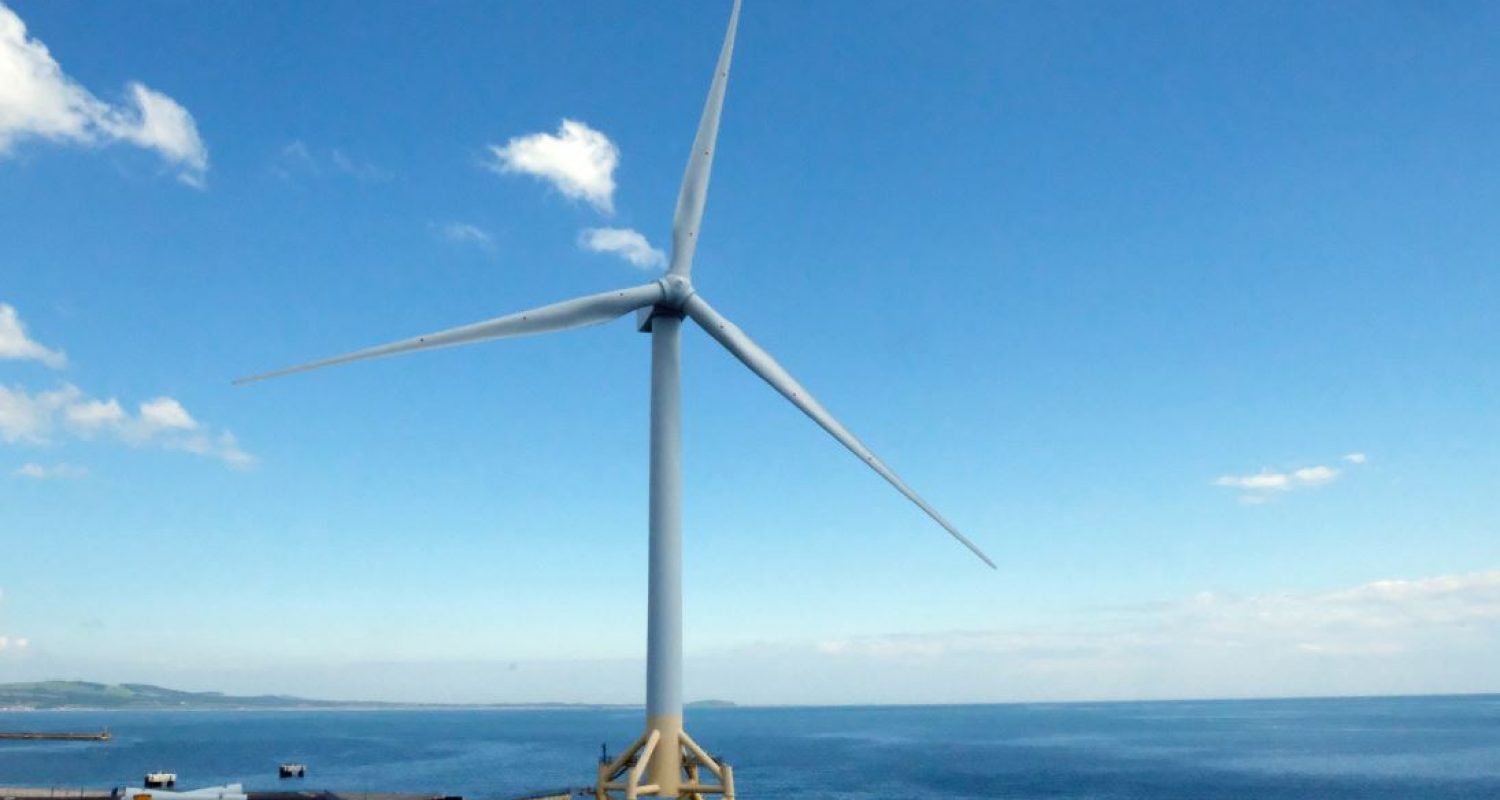Background
ORE Catapult, the UK’s leading technology innovation and research centre for offshore renewable energy, maintains the world’s most advanced, open-access, offshore wind turbine dedicated to research. The 7-megawatt Levenmouth Demonstration Turbine, situated in Fife, Scotland, measures 196 metres in height, with a rotor diameter of 171 metres, and stands approximately 25 metres offshore.
“We work with developers to facilitate the testing and demonstration of new technologies, as well as to aid advanced research in areas related to the offshore wind industry” – Lorna Bennet, Mechanical Engineer at ORE Catapult
The opportunity to leverage ORE Catapult’s unique facility presents a credible point of reference to showcase cutting-edge solutions for the UK offshore wind market.
The Challenge
The UK boasts the world’s largest installed offshore wind capacity, and the recent offshore wind Sector Deal commits the nation to continuing this global leadership. In a bid to access stronger and more stable winds, however, wind farms are moving ever farther out to sea. As a result, operations related to new projects are expected to become more frequent, to last longer, and to be carried out at a greater distance from the shore. In light of the fact that projects further offshore introduce more challenging environmental conditions, the safety risks related to crew transfer will grow ever more significant as well as the risks related to timely project completion.
In 2016, incidents related to crew transfer made up more than two thirds of the total (according to G+, the Global Offshore Wind Health & Safety Organisation) and with 40% of the overall costs associated with the offshore wind farm lifecycle attributed to operations and maintenance activities, the ability to drive operational performance whilst simultaneously ensuring the safety of personnel is a major challenge for the UK offshore wind market.
The Solution
ORE Catapult strives to support the development of operational performance for the offshore wind industry and presents the perfect context in which to showcase Miros’ portfolio of dry, Cloud-integrated wave and weather monitoring solutions. The Miros WaveWeather is currently installed at the Levenmouth Demonstration Turbine, providing insights to sea surface conditions as well as a range of meteorological parameters. By providing access to real-time, local, environmental data, Miros supports better situational awareness and decision-making, thus reducing risk and aiding in the successful completion of missions.
Data from the Miros WaveWeather is fed into ORE Catapult’s Platform for Operational Data (POD), providing open access to academics, researchers, and the wider community pursuing growth opportunities in renewable energy.
Conclusion
The lifecycle of an offshore wind farm can last up to 30 years, throughout which unpredictable wave and weather conditions conspire and constrain operations. From project delays to overrunning costs, crew safety and even damage to assets, the whim of local environmental conditions can spell the difference between success and failure. Whether undertaking crane operations or cable laying, O&M activities or turbine repowering, selecting the opportune moment to activate personnel or equipment is key.
By undertaking real-time, local measurements Miros technology can help developers and operators alike form appropriate analysis and risk assessments based on relevant data to mitigate challenges, or eliminate them altogether. In addition, the ability to analyse historical operational data provides the potential for technical and operational improvements in subsequent missions.
By collaborating with ORE Catapult, Miros exhibits a future-facing technology in a relevant and reputable context to support positive operational development and improved efficiencies in the UK offshore wind industry.
Live data from the Levenmouth Demonstration Turbine is open for public access at miros.app
